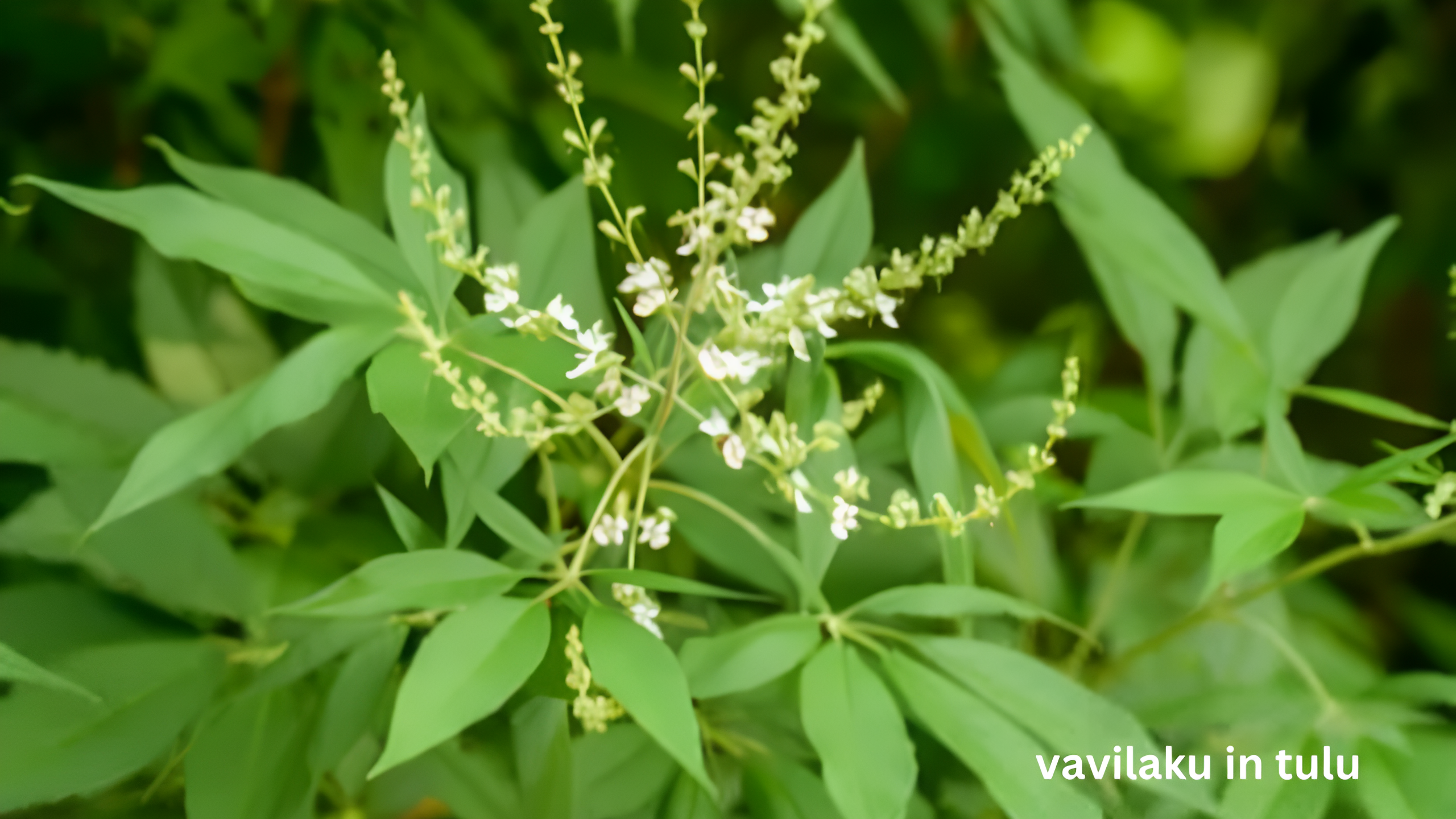Vavilaku in Tulu Culture A Symbol of Light, Prosperity, and Spirituality
In Tulu culture, the vavilaku holds deep cultural and spiritual significance, transcending its function as a mere oil lamp. It symbolizes light, prosperity, and divine energy, serving as a powerful spiritual tool in homes, rituals, and festivals. The tradition of lighting the vavilaku in tulu dates back centuries, intertwining with Tulu-speaking communities’ values and customs. This article explores the vavilaku’s history, evolution, and its role in everyday life, festivals, and special occasions, and how it continues to remain relevant in modern times.
Historical Origins of vavilaku in tulu
The vavilaku finds its roots in the agrarian societies of the Tulu-speaking regions, primarily along the coastal areas of Karnataka and northern Kerala. Historically, the vavilaku in tulu was crafted from clay and used both as a practical tool for illumination and a sacred object in religious and spiritual rituals. In the context of an agrarian lifestyle, the flame of the vavilaku represented protection, prosperity, and the presence of divine energy, safeguarding households from negative forces and inviting positive energy.
As the Tulu community developed and expanded, the significance of the vavilaku grew, evolving from a simple household object to an important cultural symbol.
Evolution of the Vavilaku: From Earthenware to Brass
The evolution of the vavilaku reflects the journey of the Tulu community itself. In the early days, the vavilaku was a modest clay lamp, a basic yet functional item used in every home. However, as the community began to modernize, the materials and craftsmanship of the vavilaku also transformed. Brass and bronze became the preferred materials, giving the lamp a more durable and elegant appearance. These metal lamps, with their ornate designs, not only represented the community’s artistic evolution but also became symbols of wealth and progress.
Today, many Tulu families treasure their vavilakus as heirlooms, passed down through generations. These lamps hold sentimental value, representing the continuity of tradition and the preservation of cultural heritage.
Symbolism of the vavilaku in tulu
The vavilaku symbolizes various aspects of life in Tulu culture. At its core, the lamp represents light over darkness, good over evil, and prosperity over adversity. Lighting the vavilaku is a sacred act that brings positive energy into homes and spaces, driving away negativity. The steady flame of the lamp signifies purity, wisdom, and clarity, values that are central to the Tulu way of life.
In many Tulu households, lighting the vavilaku at dusk is a daily ritual. The act of illuminating the lamp during the transition from day to night is believed to protect the home from malevolent forces while inviting divine blessings for prosperity and peace.
Vavilaku in Festivals and Rituals
The vavilaku holds a vital role in Tulu festivals and religious rituals, acting as a bridge between the physical and spiritual realms. It is lit to invoke divine blessings, seek protection, and ensure the success of important events.
Vavilaku in Kambala Festival
The Kambala festival, celebrated with traditional buffalo races, is a significant event in Tulu culture. The vavilaku plays a symbolic role in the ritualistic opening of the festival. Before the races begin, the vavilaku in tulu is lit to seek divine favor, ensuring a successful and prosperous event. The lamp’s flame serves as a beacon of positive energy, believed to bring good luck and ensure the festival proceeds smoothly.
The Kambala festival, while primarily a display of physical strength and tradition, integrates the vavilaku as a spiritual symbol, underscoring the importance of divine intervention in the community’s festivities.
Vavilaku in Bhoota Kola
Another key ritual vavilaku in tulu is the Bhoota Kola, a spirit-worship ceremony that honors local spirits, or Bhootas. In this ritual, the vavilaku is lit to invite the presence of spirits and deities. The flame of the vavilaku is believed to guide and appease these spiritual entities, ensuring that the ritual is carried out with their blessings.
During Bhoota Kola, the vavilaku is placed in prominent locations, symbolizing the spiritual connection between the community and the divine world. The flame not only lights up the physical space but also illuminates the spiritual path, helping the participants maintain harmony with the spirits.

Everyday Use of the Vavilaku
Beyond festivals and rituals, the vavilaku is deeply embedded in the daily life of Tulu households. Lighting the lamp at dusk is a common practice, done to ward off negative energy and invite prosperity into the home. The vavilaku is often placed in prayer rooms or near doorways, symbolizing the household’s devotion to spiritual purity and protection.
For many families, the vavilaku represents a daily reminder of cultural values—it is a way to stay connected to their heritage and maintain a relationship with the divine in their everyday lives. The flame is seen as a representation of the inner light that guides individuals toward wisdom, purity, and truth.
Vavilaku in tulu Special Occasions
The vavilaku is also used in various special occasions such as weddings, housewarming ceremonies, and other life milestones in Tulu culture. These events are marked by the presence of the vavilaku, which is lit to ensure that the occasion is blessed by divine presence and positive energy.
Vavilaku in Weddings
In Tulu weddings, the vavilaku is an integral part of the rituals. The lamp is placed at the center of the wedding mandap, symbolizing the divine light that blesses the union of the bride and groom. The flame represents eternity, purity, and the divine protection over the couple as they begin their new journey together.
Vavilaku in Housewarming Ceremonies
When a family moves into a new home, the lighting of the vavilaku in tulu during the housewarming ceremony is considered an auspicious act. The flame is believed to invite prosperity, peace, and happiness into the new living space, ensuring that the home is filled with positive energy from the very beginning.
Contemporary Relevance of the Vavilaku
Despite the rapid modernization of society, the vavilaku continues to hold significance in the Tulu-speaking community. While electric lights and other modern technologies have largely replaced oil lamps for practical purposes, the symbolic use of the vavilaku remains intact. It is still used in rituals, ceremonies, and festivals to preserve the connection with the community’s cultural and spiritual roots.
Vavilaku During Deepavali
One example of the vavilaku’s relevance in modern times is its prominent role during the festival of Deepavali (the festival of lights). During this celebration, homes and public spaces are illuminated with vavilakus, symbolizing the victory of light over darkness and good over evil. This practice reinforces the lamp’s enduring importance, even in contemporary celebrations.
Efforts to Preserve vavilaku in tulu Tradition
To ensure that the vavilaku tradition remains alive and well, several cultural organizations and community groups are actively working to educate younger generations about its significance. Workshops, religious classes, and cultural events are organized to teach children and young adults about the history and spiritual value of the vavilaku, ensuring that the tradition is passed down and cherished by future generations.
These efforts emphasize the importance of cultural preservation, helping maintain the vavilaku’s role as a key symbol of Tulu identity and spiritual practice.
Conclusion
It is a symbol of light, prosperity, and spirituality that has stood the test of time, remaining relevant in both traditional and modern contexts. From its humble beginnings as a clay lamp to its current form as a cherished heirloom, the vavilaku in tulu continues to play a central role in Tulu life. It is used in festivals, daily rituals, and significant life events, bridging the gap between the physical and spiritual worlds.
As efforts to preserve and pass down the tradition continue, the vavilaku remains a timeless symbol of the Tulu-speaking community’s rich cultural heritage, ensuring that its light will shine on for generations to come.











Post Comment